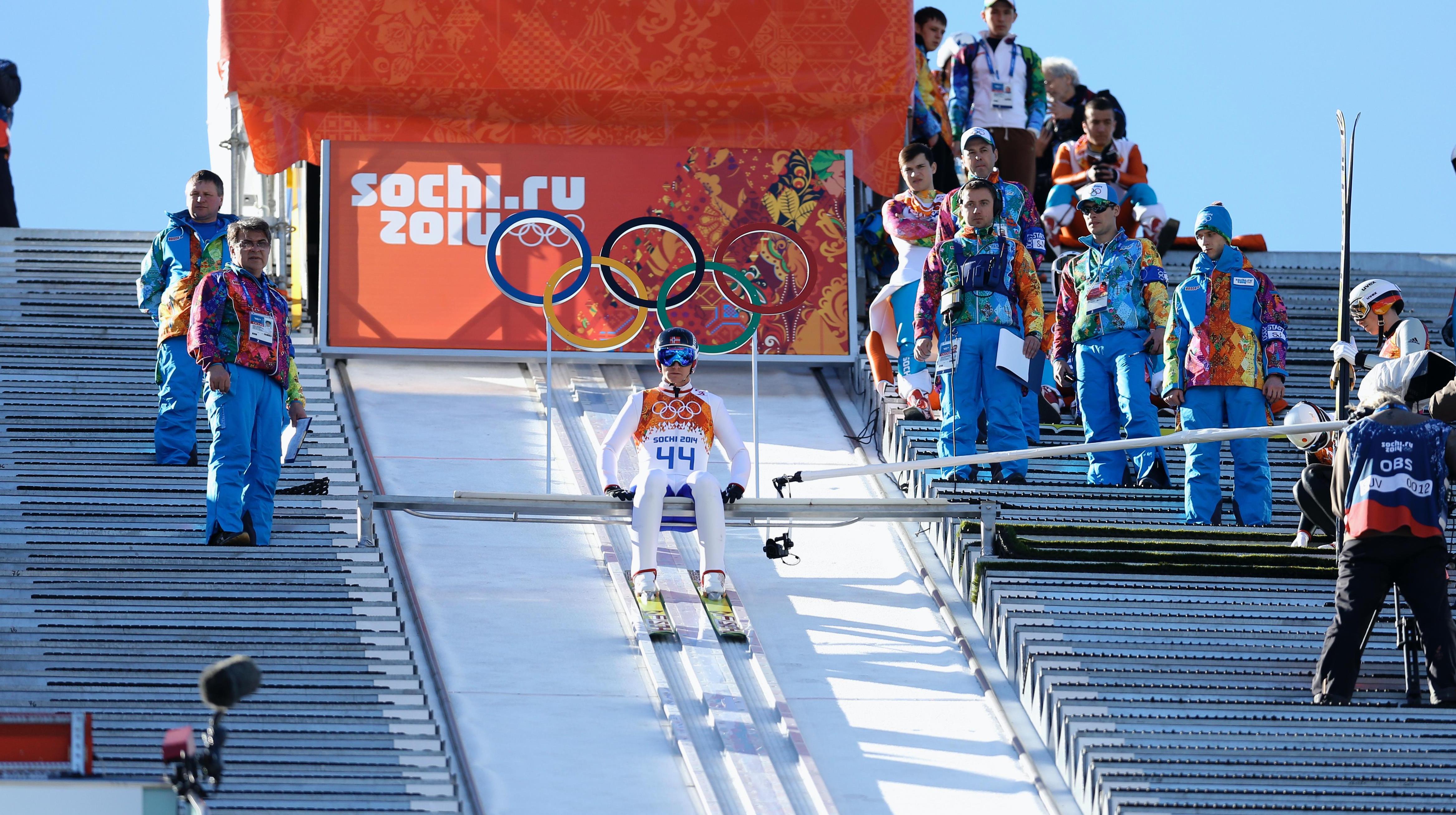The most common injuries in Nordic combined
Nordic combined is a combination of ski jumping and cross-country skiing. This requires both technical skills and core strength of the athlete.

Nordic combined athletes are vulnerable to both acute injuries and overuse injuries. Acute injuries often occur from falls after a jump. Typical acute injuries are knee ligament injuries and concussions, which can happen in the ski jump as well. These can be quite serious, and the athlete may have to take a long break from the sport.
A sprained ankle is among the most common injuries in Nordic combined, and can occur during off-snow training and cross-country training. Injuries to the head, shoulders, wrists and thumbs are also quite common. When an athlete has been injured once, there is an increased risk of it happening again.
Overuse injuries mostly occur during cross-country training, and often outside of the competition season. The training involves repetitive jumping movements that can cause overuse injuries, especially to the knee.
Nordic combined athletes are also vulnerable to back pain. The level of pain is affected by various factors, such as monotonic training, sleep, rest, general well-being and motivation.
The risk of overuse injury in the triceps muscle is increased when transitioning between cross-country skiing and roller skiing. This can be due to a sudden change in training loads and because of repeated impacts from the asphalt. Young athletes have an especially high risk.
Common injuries
- ACL injury
- Concussion
- Back pain
- Patellofemoral pain syndrome
- Ankle sprain
- Runner's knee
- Jumper's knee
- Achilles tendinopathy
- Pain in the elbow and wrist, especially in the roller ski season


